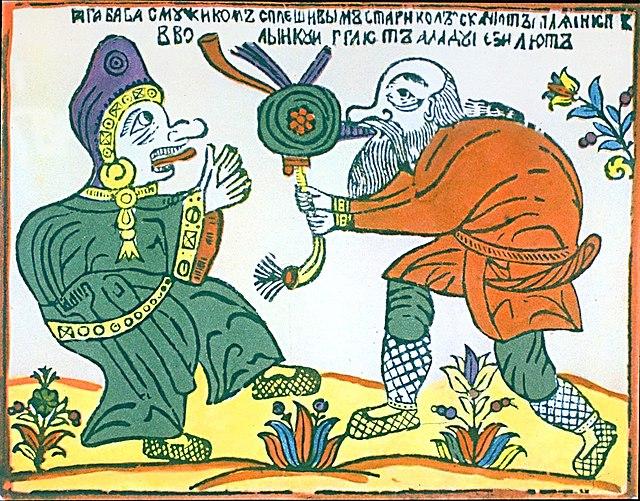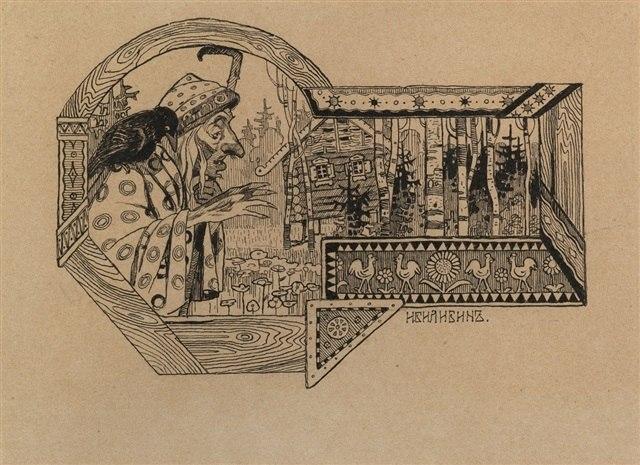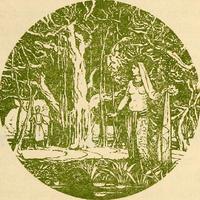Baba Yaga
Baba Yaga is a strong witch and a popular part of Russian folklore. She is often depicted as an old hag in the woods, or occasionally 3 sister hags, traveling using a mortar, kettle, or cauldron. Her chicken legs, steel teeth, and long nose make her a horror to behold. Her origin story is one of particular interest as she is the combination of the world's most evil women and the devil's spit, despite this she does not always act out of malice. Baba Yaga is a witch of many names who acts out of her own self-interest. Baba Yaga is best described as being ambiguous in nature as she helps some heroes and eats others. This makes searching for her symbolic meaning an almost futile search. She is a mother, a monster, a hut on chicken legs, a witch, and many other titles. Baba Yaga is the most multi-faceted monster I have come across not for her present-day understanding but solely from her oral traditions alone.
In folklore is it easiest to separate characters by type; hero, villain, donor, or ambiguous. Baba Yaga tends to embody the roles of ambiguous, villain, and donor. With Baba Yaga’s ability to split into 3 different beings or even become her home, the chicken hut, she is able to embody all three within the same story. She is happy to help heroes complete their goals; for a price. If her demands remain unmet then she is also more than glad to take their lives as forfeit. In traditional tales it is best to view her as a tool as described in Identifying Impressions of Baba Yaga, “Baba Yaga is dangerous, but she is also useful. Her presence can prove either death or life, depending on the way the protagonist confronts his or her challenges: thus she helps protagonists mature and find a more secure place in their societies.”
It is possible that Baba Yaga has always been regarded as a “fairytale”, used to scare children into behaving because she has no known origin to speak of. In her traditional tales, she is seen as a villain or “hostile donor” the same way many children view their mothers as they enter puberty. Yet her ability to permeate culture for as long as she has leads scholars like Andreas Johns to believe “Baba Yaga’s ambiguity has been explained as the result of a historical shift from the matriarchy to patriarchy.”. Her persistence may also have ties to her lack of association with a time or season as folktales as stated by Johns are “almost timeless and placeless”. Regardless Baba Yaga is an all-encompassing monster whose trials have held our attention captive for centuries.


